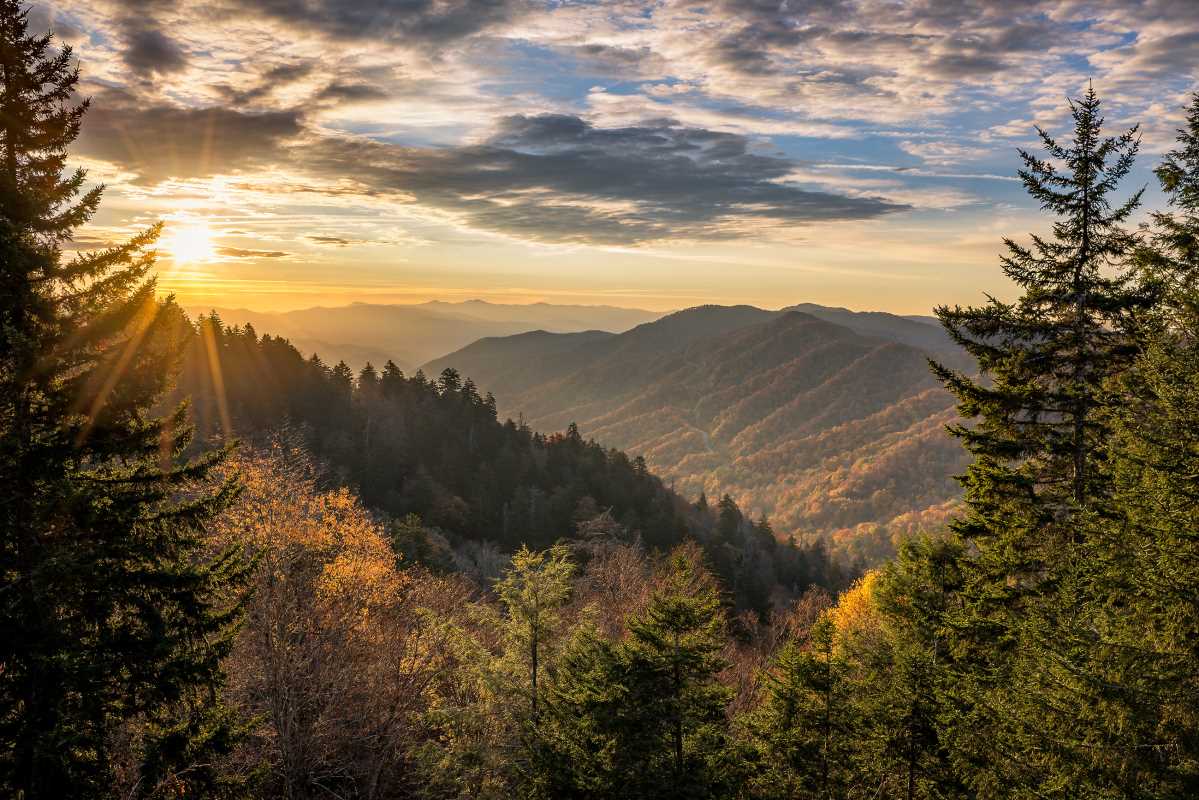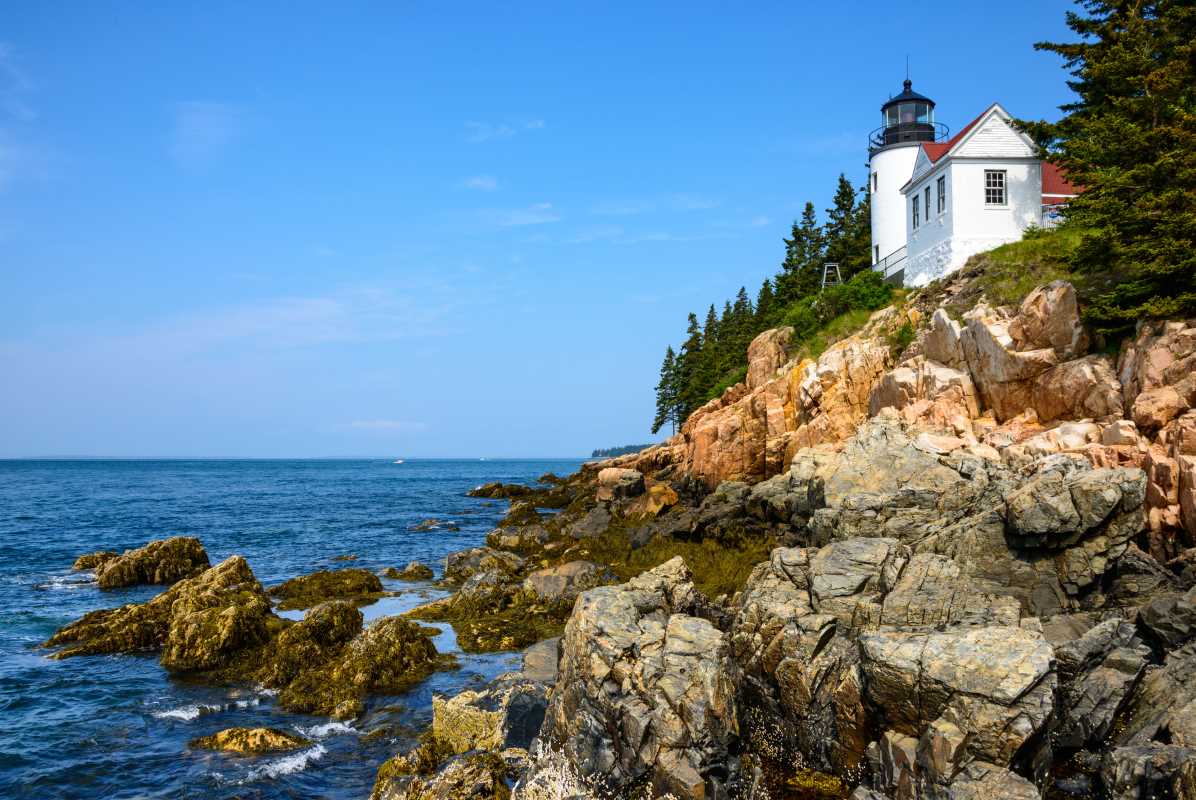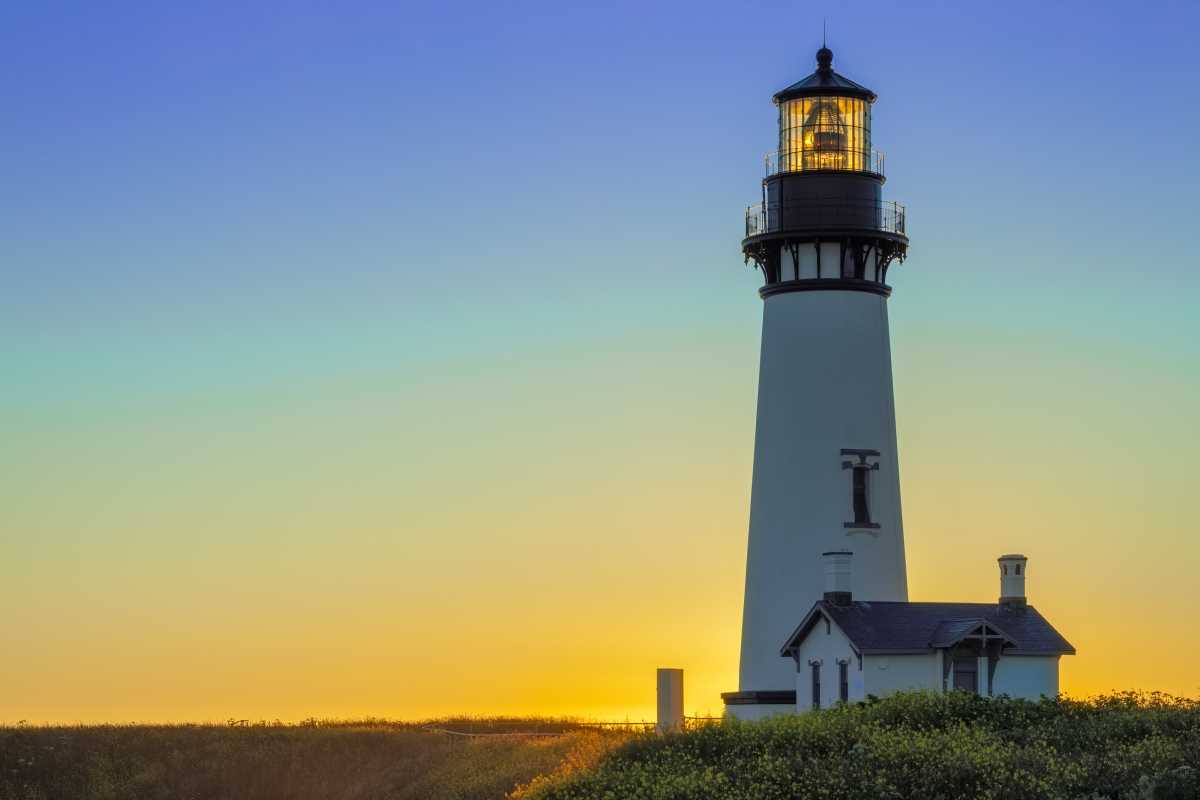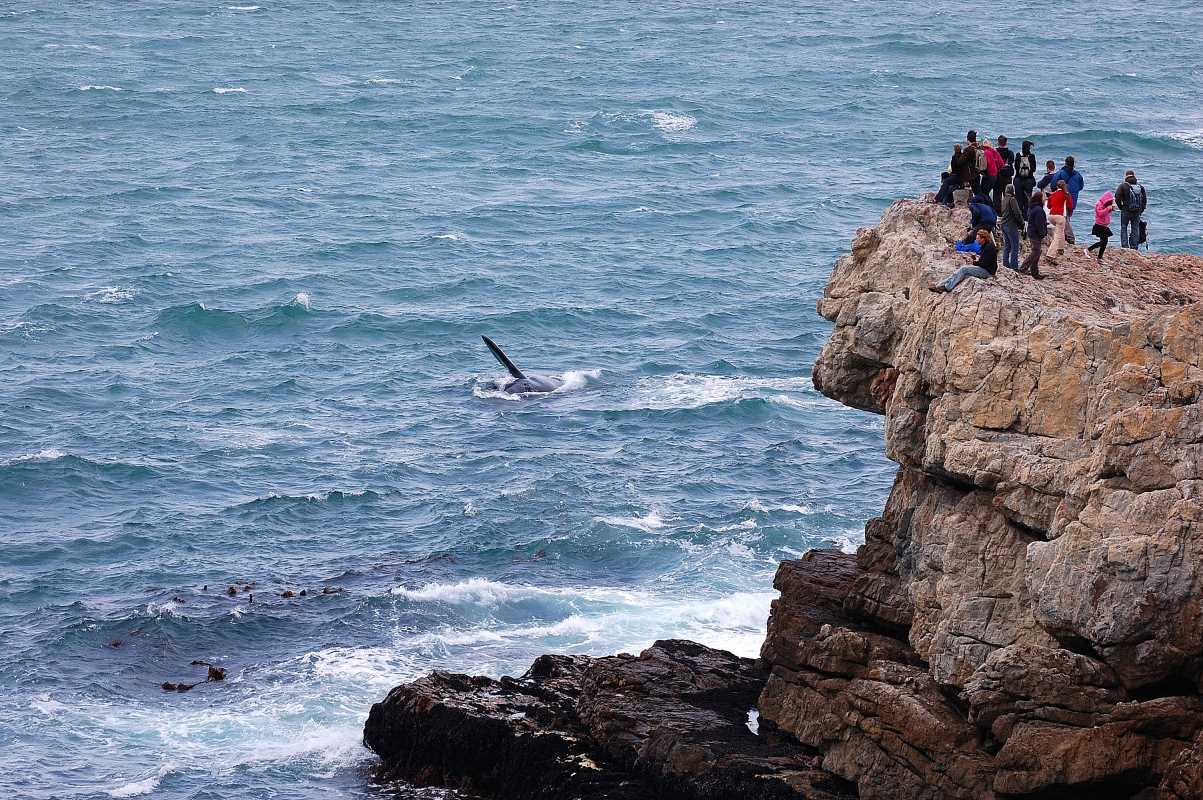The aurora borealis, or Northern Lights, is one of nature’s most spectacular and mystical displays—a celestial ballet of green, pink, and purple light dancing across the night sky. For many travel enthusiasts, seeing this phenomenon is a bucket-list dream. While several places in the world offer a chance to witness the aurora, few can match the raw, untamed beauty of Alaska. In the deep quiet of an Alaskan winter, under a blanket of brilliant stars, the Northern Lights put on a show that feels both grand and deeply personal.
Why Alaska? Understanding the Aurora
Before we dive into where to go, let's quickly break down what the Northern Lights are. In simple terms, they are the result of a cosmic collision. The sun sends out a constant stream of charged particles, known as solar wind. When these particles hit the Earth’s magnetic field, they are funneled towards the North and South Poles. As they enter our atmosphere, they collide with gas particles (like oxygen and nitrogen), and these collisions create tiny flashes of light. Billions of these flashes happening at once create the dancing ribbons of light we see in the sky.
Alaska’s prime location directly under the "auroral oval"—a ring-shaped zone where aurora activity is concentrated—makes it one of the best places on Earth for viewing. The state’s long, dark winter nights and low light pollution in many areas create the perfect canvas for this natural light show. The peak viewing season runs from late August to late April, but the best chances are often during the darkest months, from December to March.
The Epicenter: Fairbanks, Your Gateway to the Lights
When it comes to aurora hunting in Alaska, Fairbanks is the undisputed hub. Located in the interior of the state, it sits squarely within the auroral oval and has a climate that often leads to clear skies. Its accessibility, with a major airport and plenty of lodging, makes it the perfect basecamp for your adventure.
However, you don't want to watch the lights from the middle of the city. The key is to get away from the city's light pollution. Just a 20- to 30-minute drive out of town can make a world of difference. Many tour operators in Fairbanks specialize in taking visitors to prime viewing locations, from cozy, heated lodges to remote yurts. These tours are a fantastic option, especially for first-time visitors, as the guides are experts at tracking auroral activity and know the best spots to go.
One popular viewing area near Fairbanks is Murphy Dome, one of the highest points in the vicinity, offering a 360-degree view of the sky. Another great spot is the Chena Lake Recreation Area, where you can see the lights reflected in the open water of the river before it freezes, or over the vast, snow-covered lake later in the season. For a more comfortable experience, consider a stay at Chena Hot Springs Resort, about 60 miles from Fairbanks. Here, you can soak in the natural hot springs while waiting for the aurora to appear overhead—a truly unforgettable combination.
Beyond Fairbanks: Exploring Quieter Aurora Destinations
While Fairbanks is an excellent choice, Alaska offers other, more remote locations for those seeking a quieter and more unique experience.
Talkeetna: This quirky and charming small town, located about halfway between Anchorage and Denali National Park, is known for its stunning views of Denali (formerly Mt. McKinley). While it's slightly further south than Fairbanks, Talkeetna still offers great aurora viewing opportunities with significantly less light pollution. The real magic here is the chance to see the Northern Lights dancing above the snow-covered peaks of the Alaska Range. Several local lodges and tour operators offer guided viewing experiences in remote, pristine settings.
Coldfoot and Wiseman: For the truly adventurous, heading north of the Arctic Circle offers an even greater chance of seeing the aurora. Coldfoot, essentially a truck stop and a small lodge on the Dalton Highway, is a remote outpost deep in the wilderness. It's located directly under the most active part of the auroral oval. The viewing here can be absolutely phenomenal, with lights appearing directly overhead. A few miles further up the road is the historic gold-mining community of Wiseman, a tiny village of about a dozen residents. Staying in a rustic cabin here feels like stepping back in time and provides a front-row seat to the cosmos with virtually zero light pollution. This is not a luxury trip; it's a true Arctic adventure.
Denali National Park: While much of the park is inaccessible in deep winter, the area around the park entrance near the town of Healy offers dark skies and a dramatic backdrop. The winter landscape in Denali is stark and beautiful. Imagine seeing the sky light up with green and purple ribbons over the vast, silent, snow-covered wilderness. Some lodges near the park entrance remain open in winter and cater to aurora seekers and other winter adventurers.
More Than Just the Lights: Embracing Alaskan Winter
A trip to Alaska in winter is about more than just waiting for darkness to fall. The days are short but can be filled with incredible adventures that immerse you in the unique culture and landscape of the season.
- Dog Sledding: This is a quintessential Alaskan experience. You can take a short tour where you ride in the sled basket, or you can opt for a more hands-on lesson where you learn to drive your own team of dogs. Gliding silently through the snowy forest behind a team of enthusiastic huskies is pure magic.
- Ice Fishing: Join a local guide on a frozen lake, drill a hole through the thick ice, and try your hand at catching fish like Arctic char or pike. Many guides will cook your catch for you right there on the ice.
- Snowshoeing or Cross-Country Skiing: Explore the quiet winter trails that wind through boreal forests. It’s a peaceful way to experience the beauty of the landscape and maybe even spot some winter wildlife, like a moose.
- Visit the Arctic Circle: From Fairbanks, you can take a tour that drives up the famous Dalton Highway, crossing the Arctic Circle. It’s a full-day commitment on a rugged, industrial road, but earning that certificate and standing in one of the planet's most extreme environments is a memorable feat.
Tips for a Successful Aurora Hunt
- Be Patient and Persistent: The aurora is a natural phenomenon and is not guaranteed. Plan to stay for at least three to four nights to maximize your chances. Some nights will be cloudy, and some will have low activity.
- Monitor the Forecast: Use websites and apps like the University of Alaska Fairbanks' Geophysical Institute aurora forecast and SpaceWeatherLive. They provide predictions on the strength of the aurora (measured on a Kp-index scale from 0-9) and cloud cover.
- Dress for the Cold. Seriously. We cannot stress this enough. Temperatures can plummet far below zero. Your comfort and safety depend on proper gear. This means insulated layers, a high-quality parka, insulated snow pants, thermal underwear, wool socks, insulated winter boots, a warm hat, a balaclava or face mask, and warm mittens (mittens are warmer than gloves).
- Learn to Photograph It: Capturing the aurora requires more than a smartphone (though newer models are getting better). You’ll need a DSLR or mirrorless camera with manual settings, a tripod, and a wide-angle lens with a fast aperture (f/2.8 or lower is ideal). A typical starting point for settings is a 15-20 second exposure, a high ISO (1600-3200), and the aperture wide open.
- Let Your Eyes Adjust: When you get to your viewing spot, turn off all lights, including your phone screen, and let your eyes adjust to the darkness for at least 15-20 minutes. This will help you see the fainter auroras.
A trip to see the Northern Lights in Alaska is an investment in time, patience, and warm clothing, but the payoff is an experience that borders on spiritual. To stand in the silent, frozen wilderness and watch the heavens come alive with color is a profound reminder of the beauty and power of the natural world.
 (Image via
(Image via





.jpg)